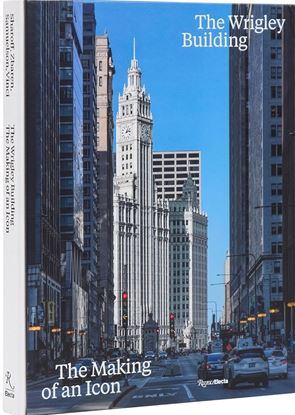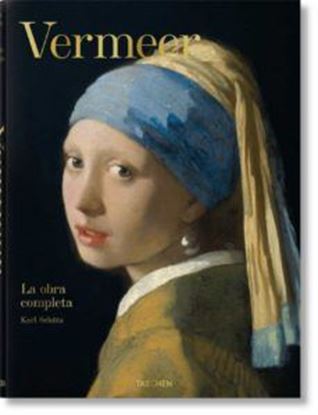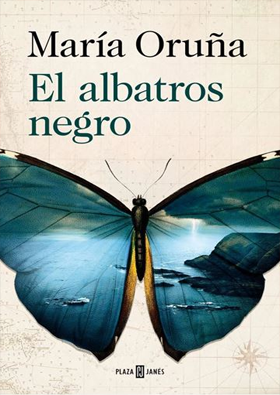

LA CIUDAD DEL OZAMA (PV ESP.)
Nueva edición de la obra maestra del Arq. Eugenio Pérez Montás, uno de los mejores libros sobre la historia de Santo Domingo: desde su inicio hasta la actualidad. En su elegante presentación de lujo y estuche individual.
6,000
THE WRIGLEY BUILDING
The Wrigley represents the high-water mark of Beaux Arts Classicism in the city, a gleaming white palazzo at the head of Chicago’s grandest boulevard, Michigan Avenue. With lavish terra-cotta ornamentation, it was Chicago’s tallest building when it opened in 1921. The book focuses on the intertwined stories of William Wrigley Jr., the larger-than-life founder of the chewing gum empire, and Charles Gerhard Beersman, the relatively unknown architect who, mentored by architect Julia Morgan, brought the building to life.
5,995
VERMEER. LA OBRA COMPLETA (FP) (E)
En vida, la fama de Johannes Vermeer (1632-1675) apenas sobrepasó las fronteras de su ciudad natal, Delft, y el reducido círculo de sus mecenas. Despues de su muerte, su nombre cayó largo tiempo en el olvido y fuera de Holanda sus pinturas llegaron a atribuirse erróneamente a otros artistas. No fue hasta mediados del siglo XIX cuando Vermeer llamó la atención del mundo del arte internacional que, de pronto, supo admirar su precisión narrativa, la meticulosidad de los detalles de sus texturas y los majestuosos planos lumínicos. Habían descubierto a un genio.
5,995











